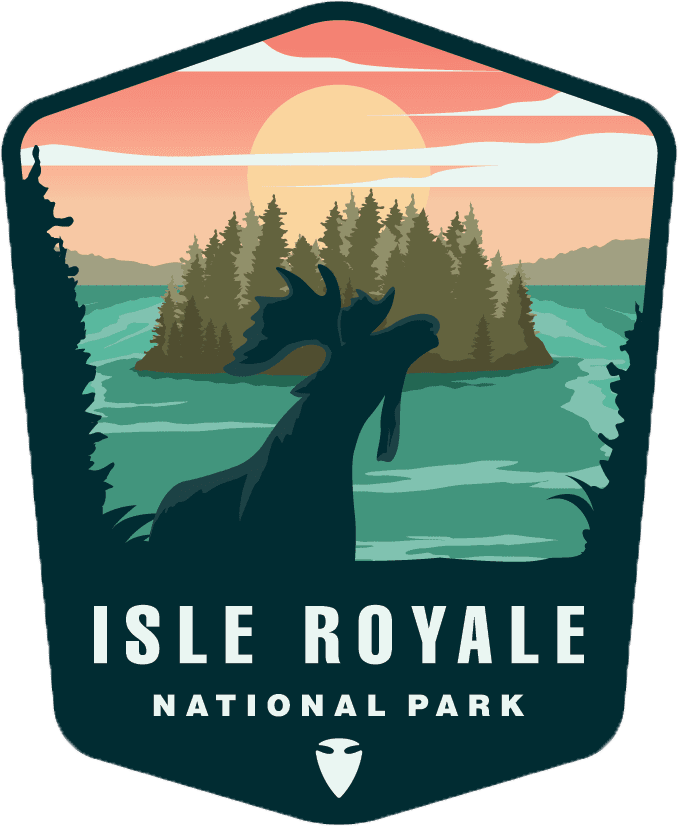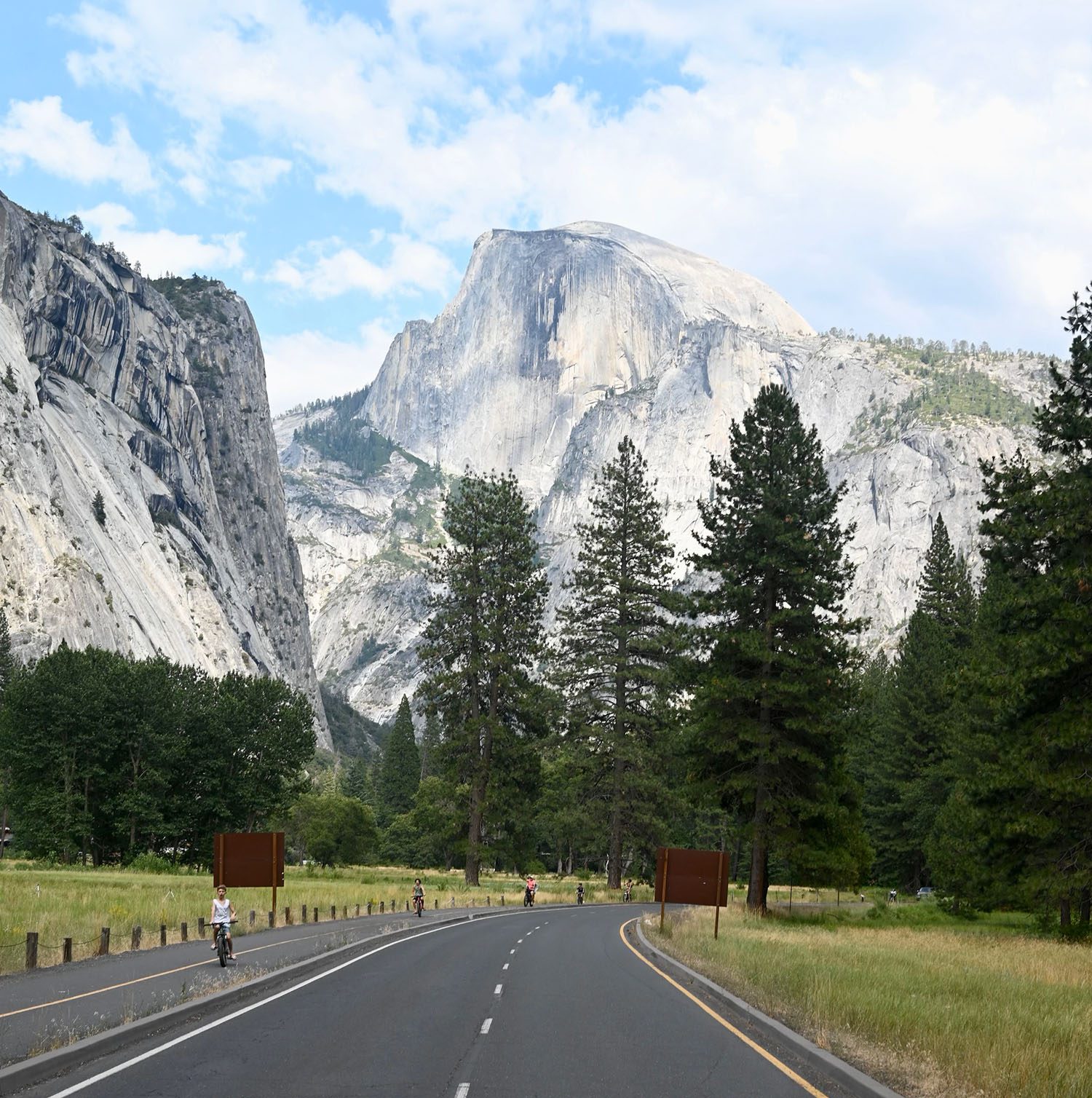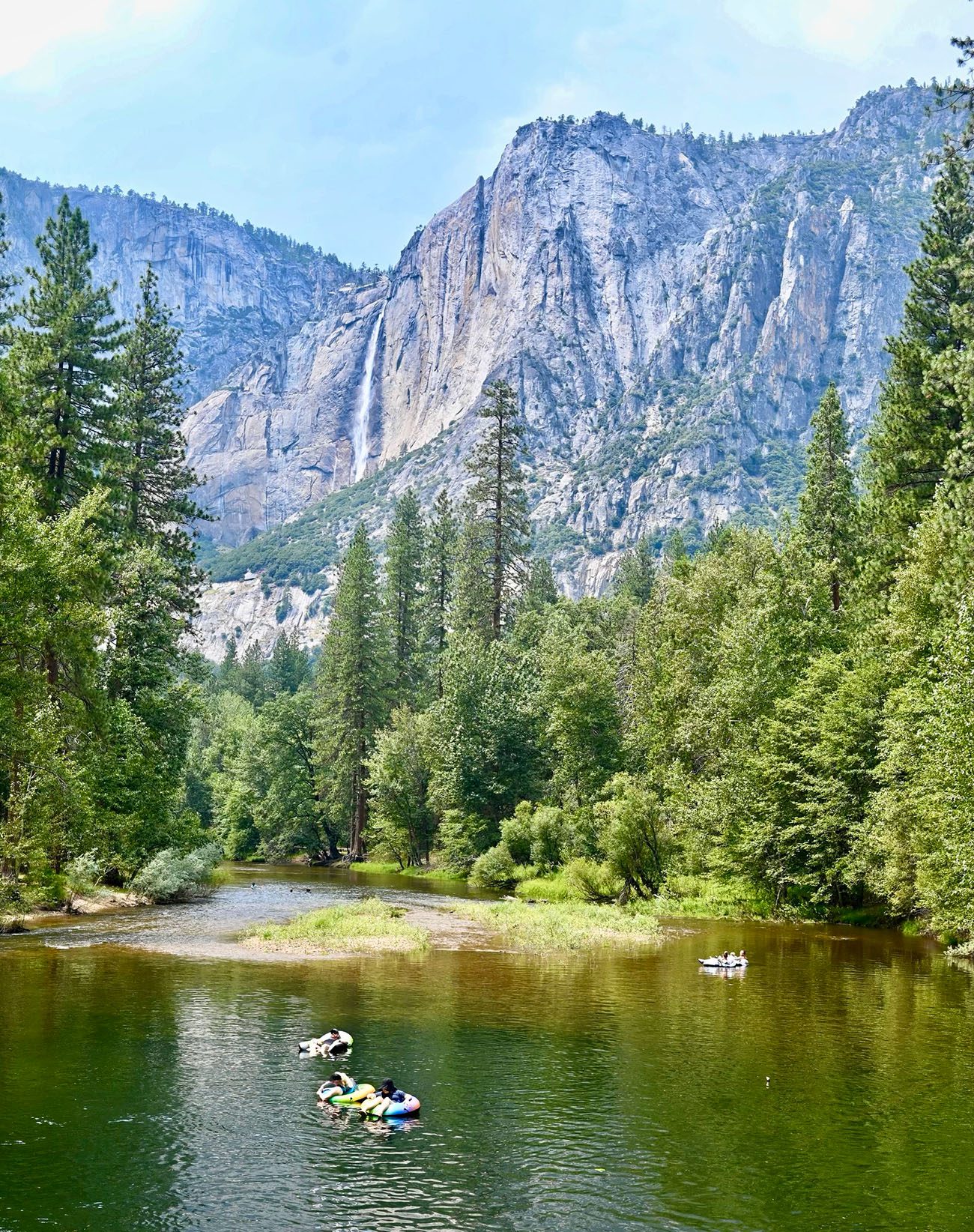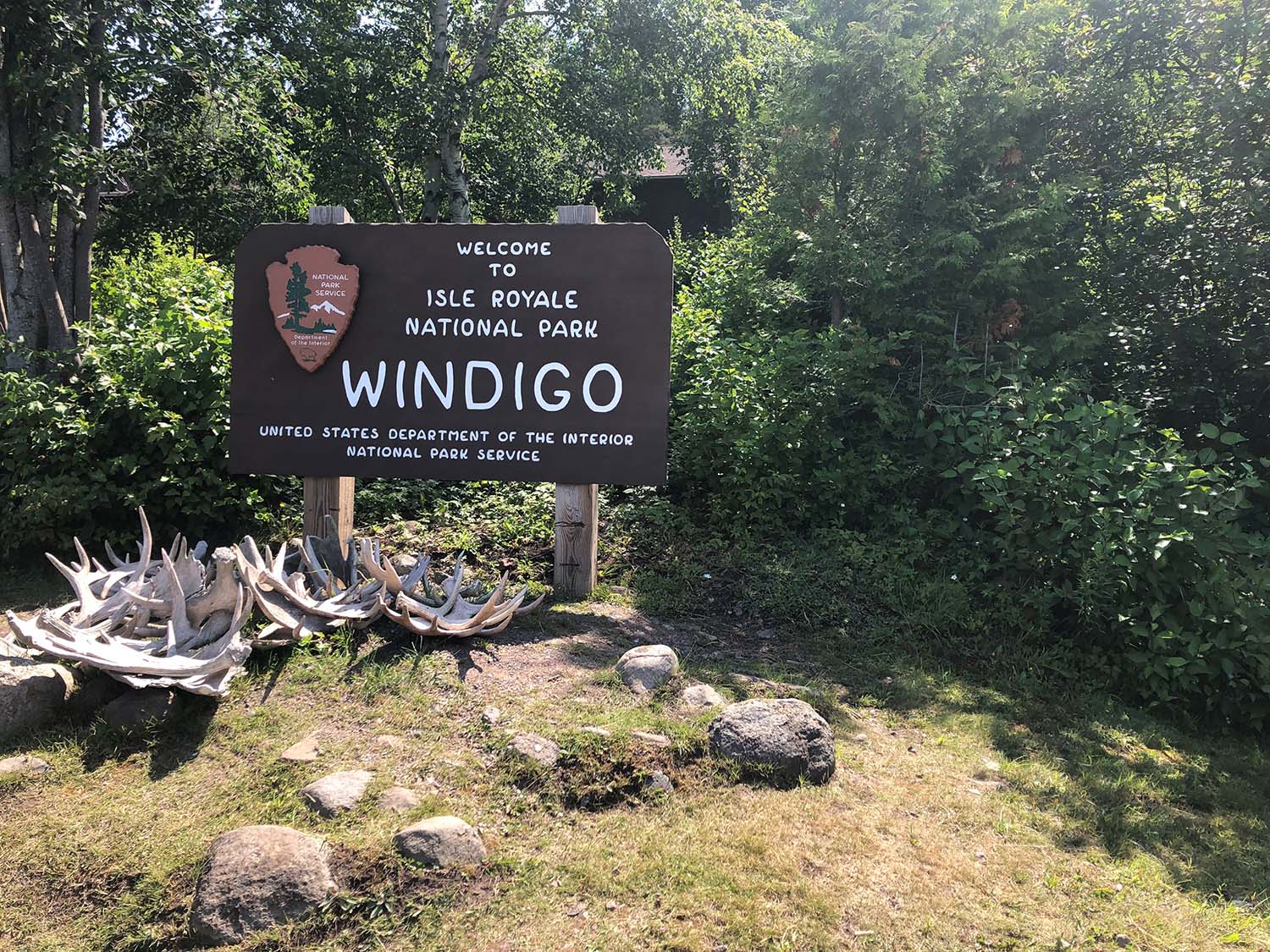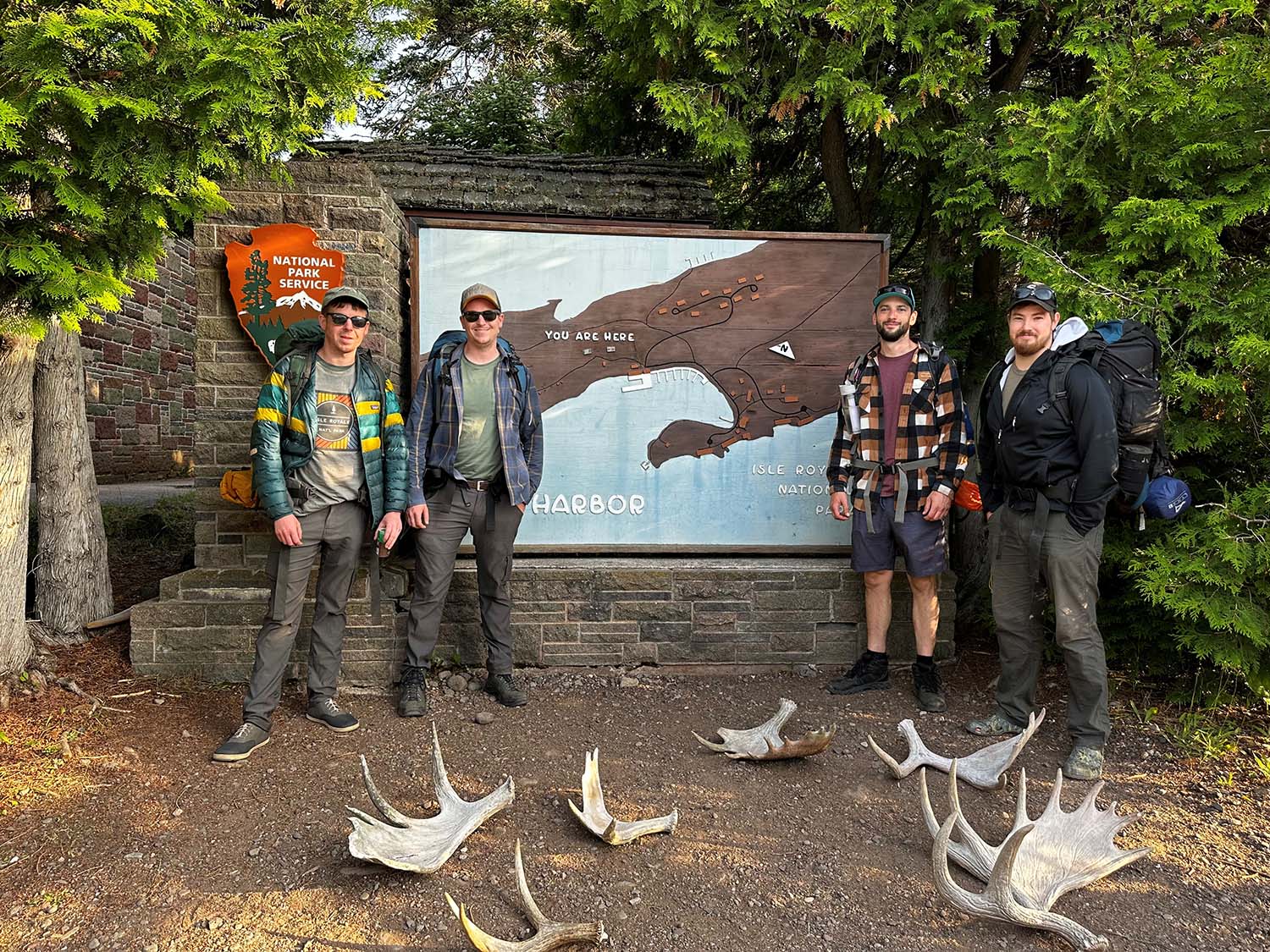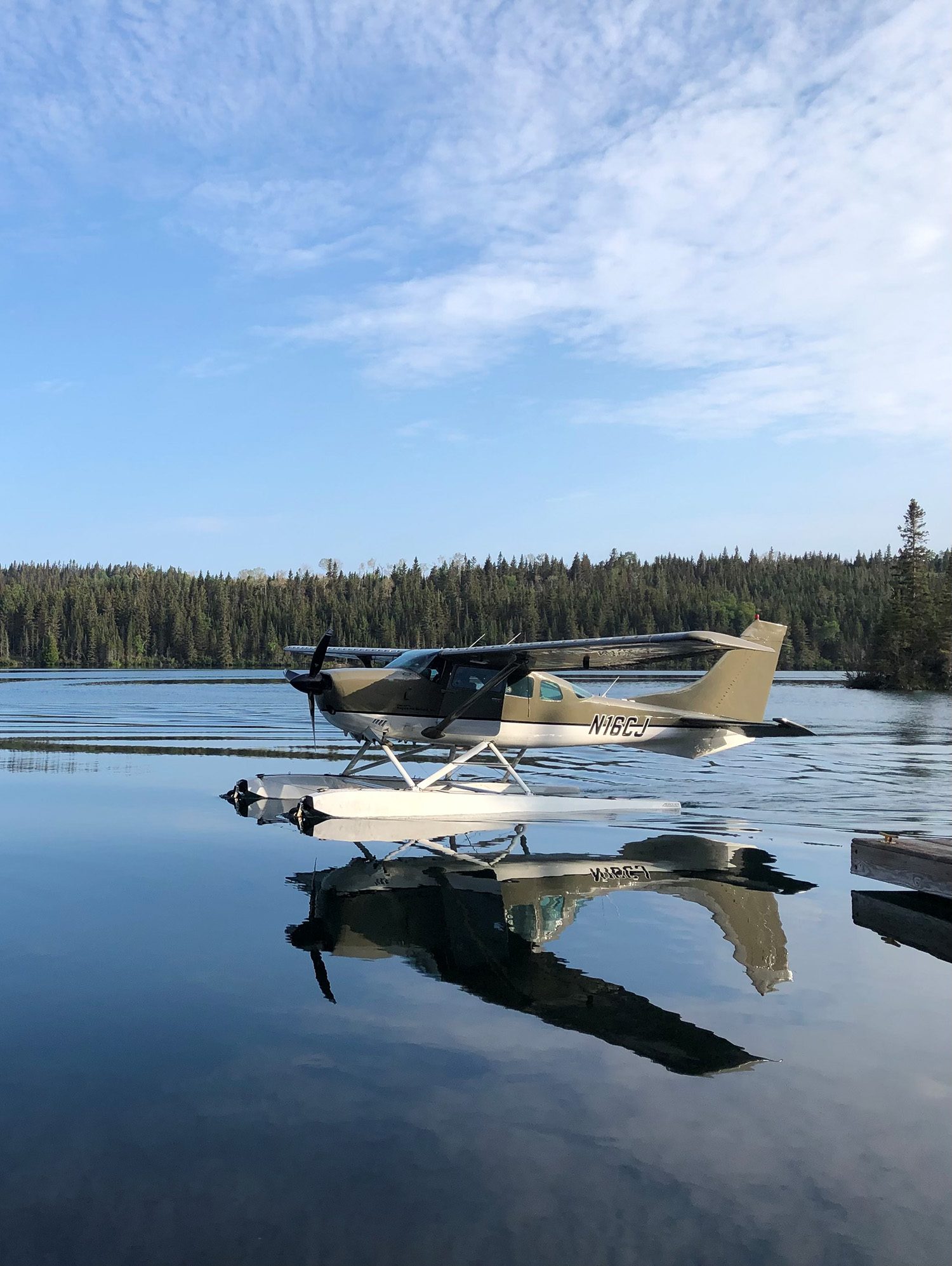Park Information Quick Facts
Location: Michigan
Park Size: 571,790 Acres
Time Needed: 1 Day Highlights, 3-5 Day Full Experience
Best Season: Summer
Must Do: Greenstone Ride Trail 3-5 Day Hike
Lodging: Numerous Camping Sites, Hotels at Rock Harbor & Windigo
Travel: Sea Plane or Boat
Top Campsites: Daisy Farms
Pro Tips: The Trails Are Not for the Faint of Heart. Be Prepared to Work Hard for the Beauty That Isle Royale Has to Offer.
Visitor Centers
Isle Royale National Park features two main visitor centers, each designed to welcome guests and enhance their experience of this remote wilderness. The Houghton Visitor Center, located on the mainland in Houghton, Michigan, serves as the park’s gateway, providing essential information and resources for planning a visit. Open seasonally, it offers exhibits about the park’s history, ecology, and unique wildlife, as well as maps, permits, and ranger-led program schedules. The center is an ideal starting point for understanding the park’s logistical challenges, such as transportation to the island, wilderness safety, and Leave No Trace principles.
Plan Your Isle Royale Adventure Today!
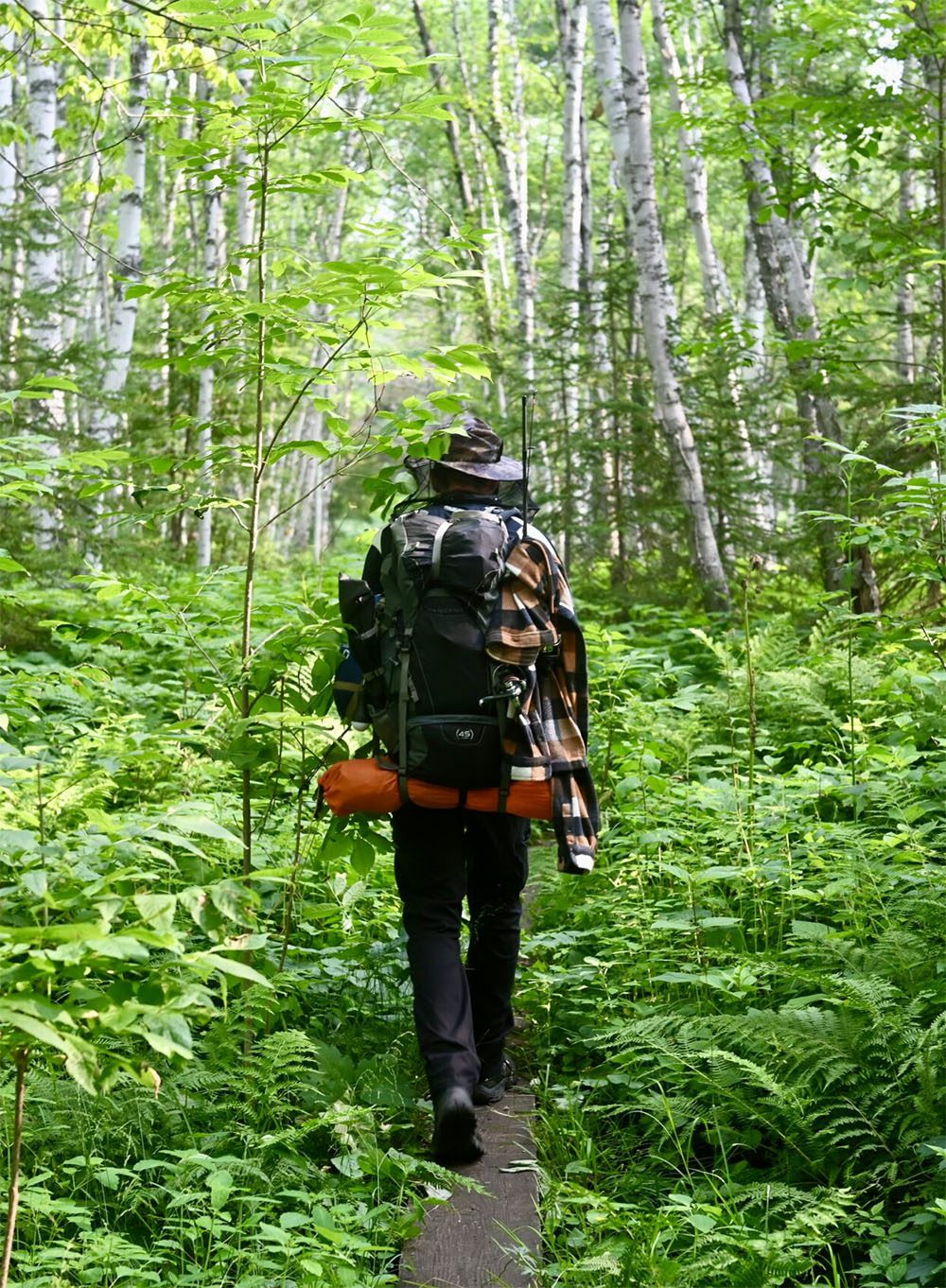
"Wilderness is not a luxury but a necessity of the human spirit" - Edward Abbey
Getting There
How to Travel to Isle Royale National Park
Traveling to Isle Royale National Park is an adventure in itself, as the park’s remote location in Lake Superior makes it accessible only by ferry, seaplane, or private boat. The most common departure points for ferries are Houghton and Copper Harbor in Michigan and Grand Portage in Minnesota. Ferry schedules vary by season, and trips can take several hours, so it’s important to book tickets well in advance, especially during peak summer months. Seaplane service, available from Houghton, Michigan, and Grand Marais, Minnesota, offers a faster alternative, with flights providing stunning aerial views of the island and surrounding waters. Travelers should confirm schedules, as weather conditions can sometimes delay or cancel transportation.
Once at Isle Royale, visitors arrive at one of two main ports: Rock Harbor on the eastern end or Windigo on the western side of the island. Rock Harbor is the primary entry point for those exploring the island’s extensive trail system or setting out on paddling adventures. Windigo, known for its quieter atmosphere, is ideal for those seeking a more secluded experience. Both locations have visitor centers where travelers can obtain maps, permits, and information about the island’s natural and cultural history. From these hubs, visitors can embark on hikes, camping trips, or guided excursions to experience the park’s rugged beauty and abundant wildlife.
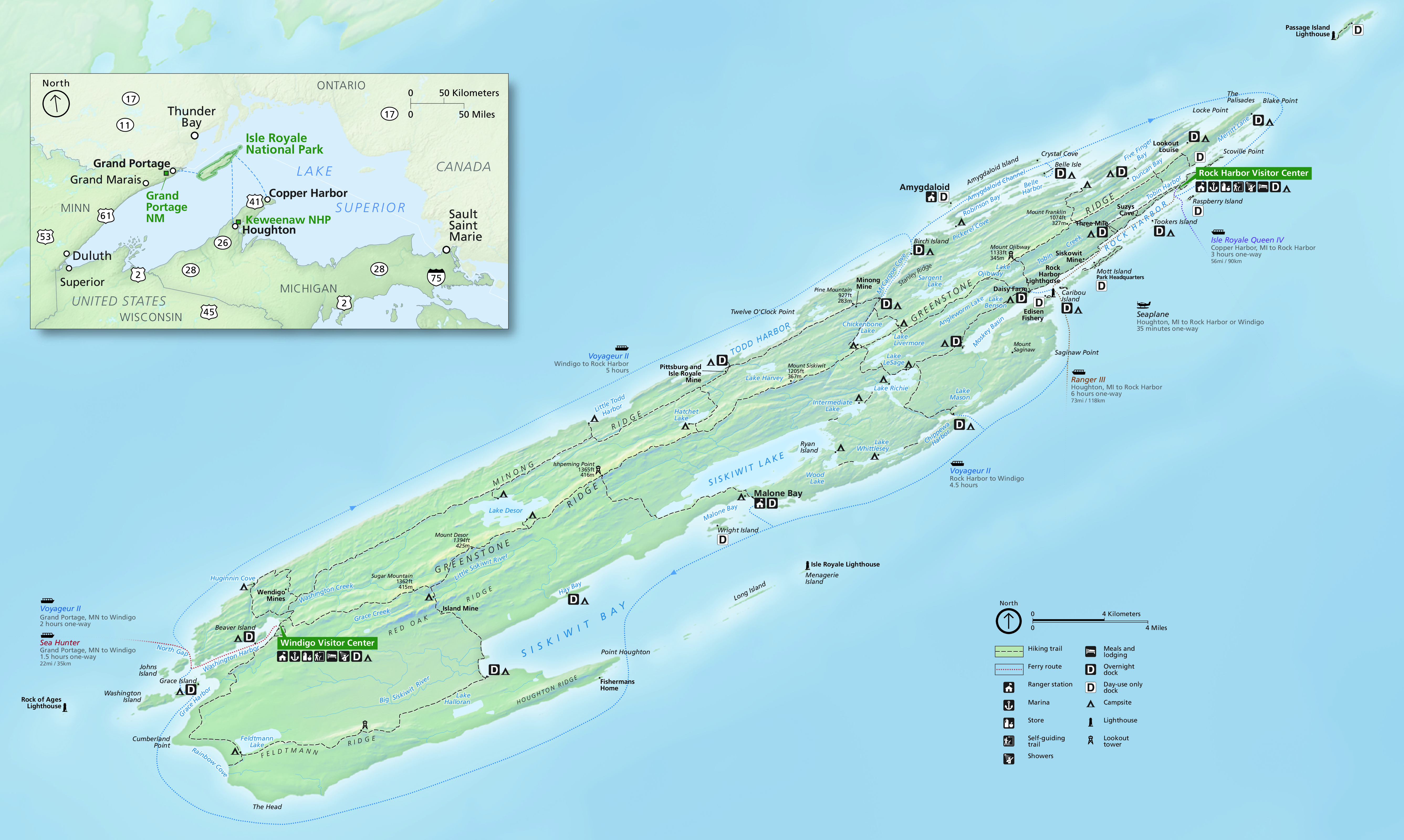
Camping
Rock Harbor Campground
- Location: Eastern side of the island near the Rock Harbor Visitor Center.
- Features: Close to amenities, including a small store and visitor center. Offers shelters, tent sites, and access to scenic trails.
- Accessibility: Easily accessible by ferry or seaplane.
- Ideal For: First-time visitors and those seeking convenience.
Windigo Campground
- Location: Western end of the island near the Windigo Visitor Center.
- Features: Shelters and tent sites available; potable water and amenities like firewood and laundry are nearby.
- Accessibility: Accessible by ferry from Grand Portage, Minnesota.
- Ideal For: Visitors starting their exploration from the west.
Daisy Farm Campground
- Location: Along Rock Harbor Channel, 7 miles from Rock Harbor.
- Features: 25 campsites, some with shelters. A popular stopping point along hiking trails.
- Accessibility: Reachable by hiking or boat.
- Ideal For: Hikers and those seeking a social camping experience.
Moskey Basin Campground
- Location: Near the southern shoreline of the island.
- Features: Known for its scenic beauty, it offers several campsites with access to water for paddlers.
- Accessibility: Reachable by hiking or paddling.
- Ideal For: Quiet retreats and stunning sunrise views.
Three Mile Campground
- Location: 3 miles from Rock Harbor along the Rock Harbor Trail.
- Features: Tent sites and shelters with proximity to the water.
- Accessibility: Short hike or paddle from Rock Harbor.
- Ideal For: Those seeking a quick escape from the main hub.
McCargoe Cove Campground
- Location: On a sheltered cove along the Minong Ridge Trail.
- Features: Tent sites, shelters, and stunning views of the cove.
- Accessibility: Reachable by boat or a hike through the Minong Ridge Trail.
- Ideal For: Paddlers and hikers exploring the interior.
Washington Creek Campground
- Location: Near Windigo Visitor Center on the western side.
- Features: Shelters, tent sites, and access to basic amenities nearby.
- Accessibility: Close to Windigo ferry dock.
- Ideal For: Those exploring the west end.
Todd Harbor Campground
- Location: North shore of the island.
- Features: Primitive sites with access to Lake Superior.
- Accessibility: Reachable by hiking or paddling.
- Ideal For: Solitude and scenic views.
Malone Bay Campground
- Location: South shore of the island.
- Features: Remote sites with lake access for paddlers and anglers.
- Accessibility: Accessible by boat or extended hikes.
- Ideal For: Remote wilderness experiences.
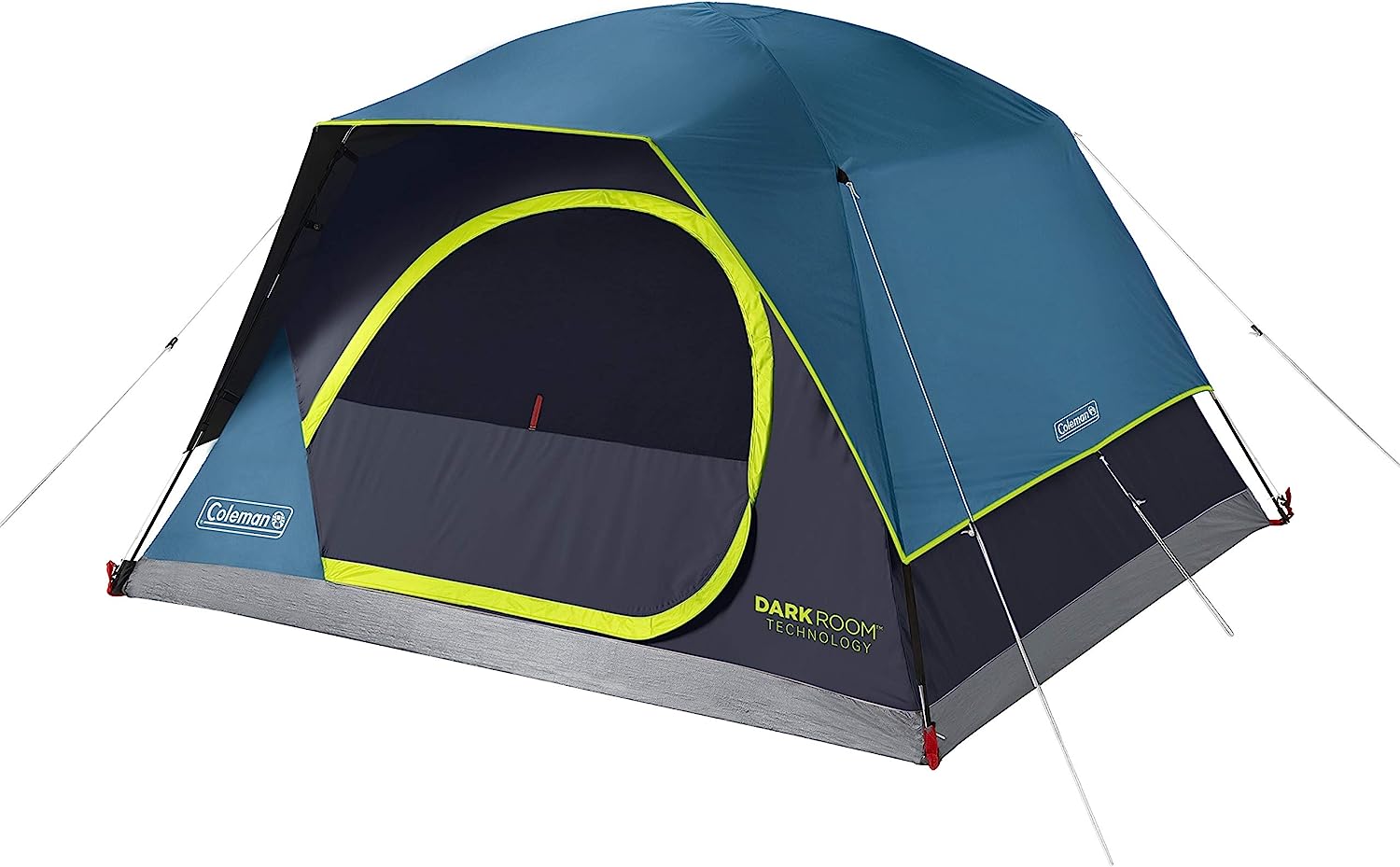

1. Plan and Pack Carefully
Isle Royale is remote and offers limited services, so preparation is key. Bring all necessary supplies, including enough food for your stay, a portable water filter or purification system, sturdy hiking boots, and weather-appropriate clothing. Weather on the island can change rapidly, so layers and rain gear are essential. Check ferry or seaplane schedules in advance and secure camping permits before your trip.
2. Practice Leave No Trace Principles
Protect the island’s fragile ecosystem by adhering to Leave No Trace principles. Pack out all trash, avoid disturbing wildlife, and stick to designated trails and campsites. Use a portable stove for cooking, as campfires are prohibited in most areas. Respect other campers by keeping noise levels low and leaving sites as you found them.
3. Stay Wildlife Aware
The island is home to diverse wildlife, including moose and wolves. Maintain a safe distance from all animals and store food securely to avoid attracting wildlife to your campsite. Use bear-proof food containers or hang food in a dry sack when necessary. Be especially cautious around moose, as they can be aggressive if provoked. Always stay alert and respect the park’s natural inhabitants.
Popular Hiking Trails
Greenstone Ridge Trail
- Length: 40 miles (64 km)
- Difficulty: Moderate to strenuous
- Details: This is the park’s longest and most iconic trail, running from Windigo on the western side of the island to Rock Harbor on the eastern side. It follows the island’s central ridge and offers stunning panoramic views of Lake Superior and the surrounding wilderness. Hikers can complete the trail in about 4 to 5 days, passing through diverse landscapes like forests, rocky ridges, and meadows. It’s a favorite for backpackers seeking a challenging and scenic cross-island experience.
Tobin Harbor Trail
- Length: 2.8 miles (4.5 km) round trip
- Difficulty: Easy
- Details: This shorter, easy trail is located near Rock Harbor and offers peaceful views of Tobin Harbor. It’s a perfect choice for a half-day hike or for those looking for a leisurely walk through the island’s forested areas. The trail features gentle terrain, making it accessible for hikers of all skill levels.
Scoville Point Loop
- Distance: 4.2 miles (round trip)
- Difficulty: Moderate
Stoll Memorial Trail
- Length: 4.2 miles (6.7 km) round trip
- Difficulty: Easy
- Details: Located near Rock Harbor, this relatively short trail provides scenic views of the island’s shoreline and Lake Superior. It’s a great option for day hikers or those looking for a quick outing. The trail is mostly flat, and along the way, you can enjoy beautiful vistas of the water and surrounding islands.
Rock Harbor Trail
- Length: 3.6 miles (5.8 km) one way
- Difficulty: Moderate
- Details: This trail is one of the most popular on the island, connecting the Rock Harbor area to the Daisy Farm Campground. It provides a relatively easy hike through dense forest and along the rocky coastline. It’s ideal for those seeking a moderate, scenic trail close to the main entry point.
Minong Ridge Trail
- Length: 31 miles (50 km)
- Difficulty: Strenuous
- Details: One of the more challenging trails in the park, Minong Ridge Trail runs from Windigo to McCargoe Cove. It offers rugged terrain, with some steep ascents and descents, making it suitable for experienced hikers. The trail is less traveled than other routes, providing solitude and an immersive wilderness experience. It’s perfect for those looking to escape crowds and enjoy a more remote section of the island.
Stoll Trail
- Distance: 4.2 miles (round trip)
- Difficulty: Easy to Moderate
Feldtmann Lake Trail
- Length: 8.5 miles (13.7 km)
- Difficulty: Moderate
- Details: Starting at Windigo, this trail leads hikers to the picturesque Feldtmann Lake. It offers a mix of terrain, including wetlands and forests, and is well-known for wildlife sightings, including moose. The trail is often used as part of a longer backpacking loop on the island, taking hikers through some of the park’s most scenic areas.
Daisy Farm Trail
- Distance: 3.6 miles (one way)
- Difficulty: Moderate
Island Mine Trail
- Distance: 5.5 miles (one way)
- Difficulty: Moderate
Huginnin Cove Loop
- Distance: 9.5 miles (round trip)
- Difficulty: Moderate
Mount Ojibway Trail
- Length: 3.6 miles (5.8 km) round trip
- Difficulty: Moderate
- Details: This trail begins near Daisy Farm Campground and ascends to Mount Ojibway, offering one of the best views of Rock Harbor and the surrounding islands. The climb is steady but not overly difficult, and the reward is a spectacular panoramic view from the summit.
Hiking Trails in Isle Royale National Park
Hiking at Isle Royale National Park offers a rare opportunity to explore one of the most remote and pristine wilderness areas in the United States. With over 165 miles of trails, the park provides a range of hiking experiences, from leisurely day hikes to challenging multi-day backpacking adventures. Whether you’re following the rugged Greenstone Ridge Trail that spans the island from Windigo to Rock Harbor or enjoying the shorter, more accessible trails like Stoll Memorial Trail, every hike brings you closer to the island’s wild beauty. The trails wind through forests, across rocky ridges, and along Lake Superior’s pristine shores, offering diverse landscapes and opportunities to encounter wildlife.
The island’s remote nature means hikers must be well-prepared, as amenities are minimal and weather can change quickly. Trails vary in difficulty, with some routes, like the Greenstone Ridge Trail, requiring significant effort due to their length and elevation changes, while others, such as Tobin Harbor Trail, provide a gentler introduction to Isle Royale’s wilderness. For backpackers, the Minong Ridge Trail and Feldtmann Lake Trail offer the chance to explore some of the more remote corners of the island, where solitude and breathtaking scenery abound. Many of the trails lead to beautiful campsites where hikers can enjoy the tranquility of the island overnight, making the experience even more immersive.
Wildlife at the Park
Isle Royale National Park is home to a remarkable array of wildlife, offering visitors the chance to observe animals in their natural, untamed habitat. The island is best known for its populations of moose and wolves, two species that have become iconic symbols of Isle Royale. The moose, in particular, is abundant on the island, as there are no natural predators, except for the occasional wolf. These large herbivores can often be seen grazing along the trails, in wetlands, or near the shores of Lake Superior. Their presence has significantly influenced the island’s ecosystem, especially the plant life, as moose feed on a variety of vegetation, including shrubs and aquatic plants.
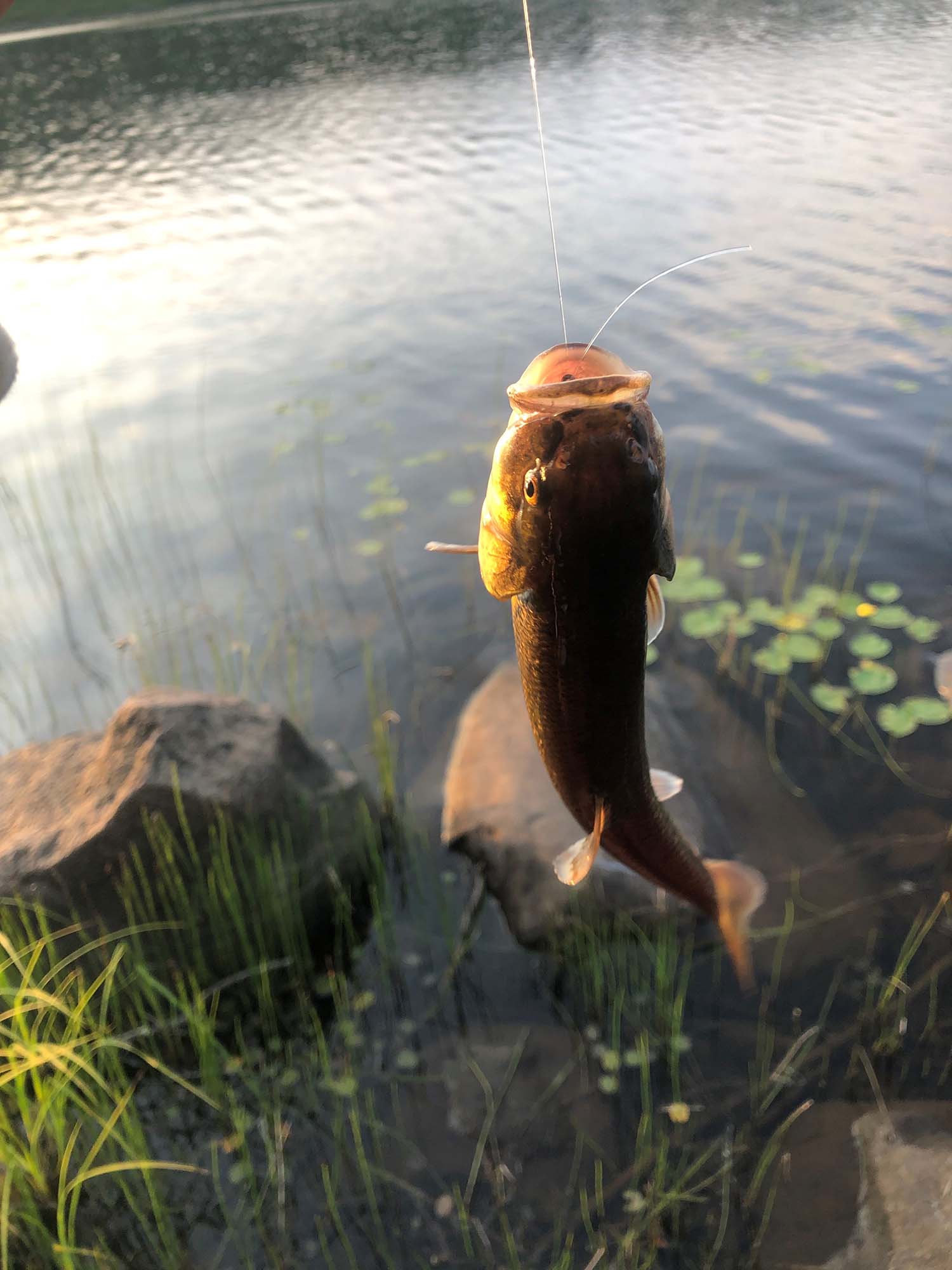
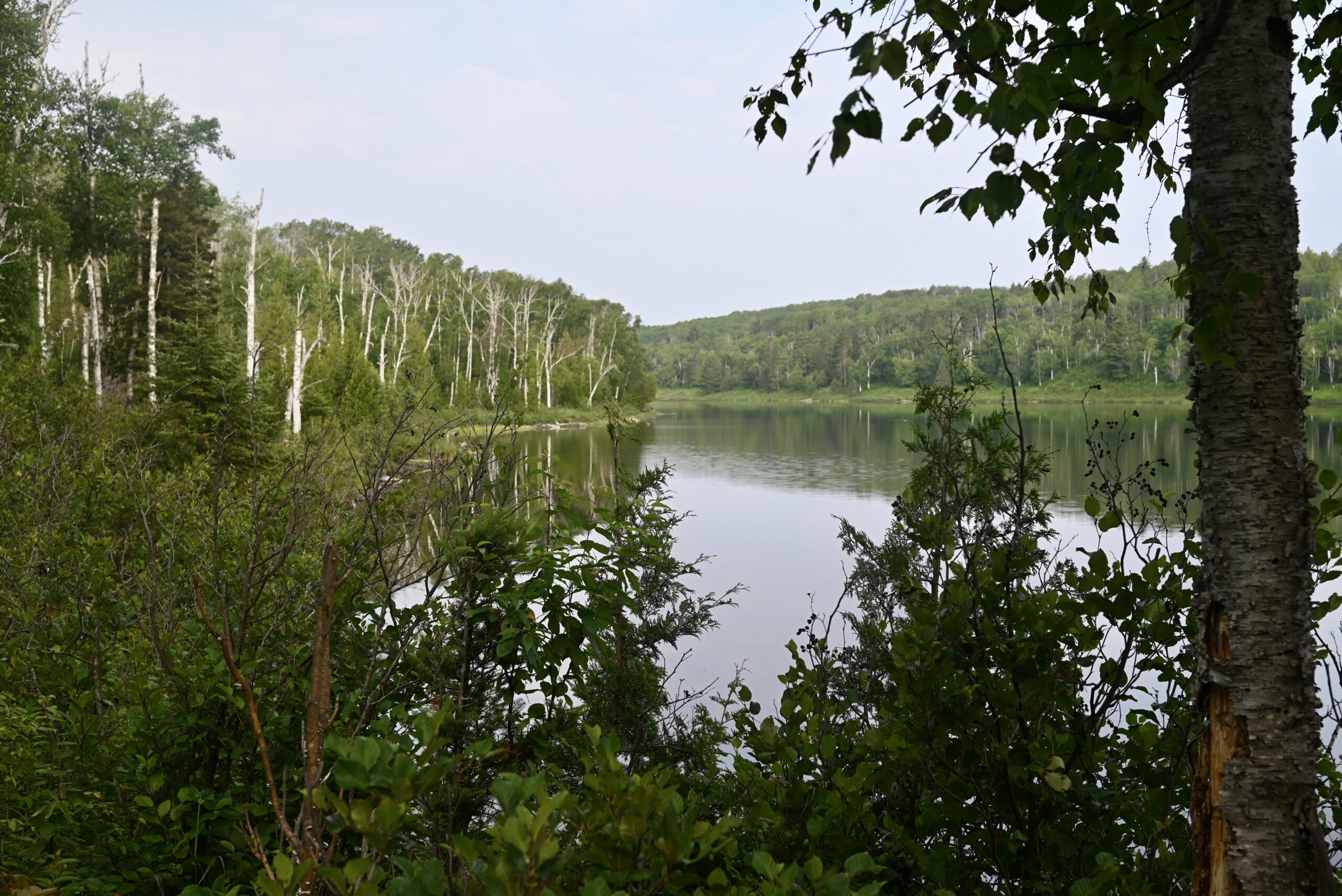
The island’s wolf population is much smaller but equally fascinating. Isle Royale’s wolves have been the subject of extensive research due to their isolation and unique behavioral patterns. These wolves primarily prey on moose, playing a crucial role in maintaining a balanced ecosystem. The predator-prey dynamic between wolves and moose has been a focal point for scientists studying the natural balance of the island’s ecosystem. Though wolf sightings are rarer than those of moose, they are still an important part of the island’s wildlife and add to the intrigue for those lucky enough to spot them.
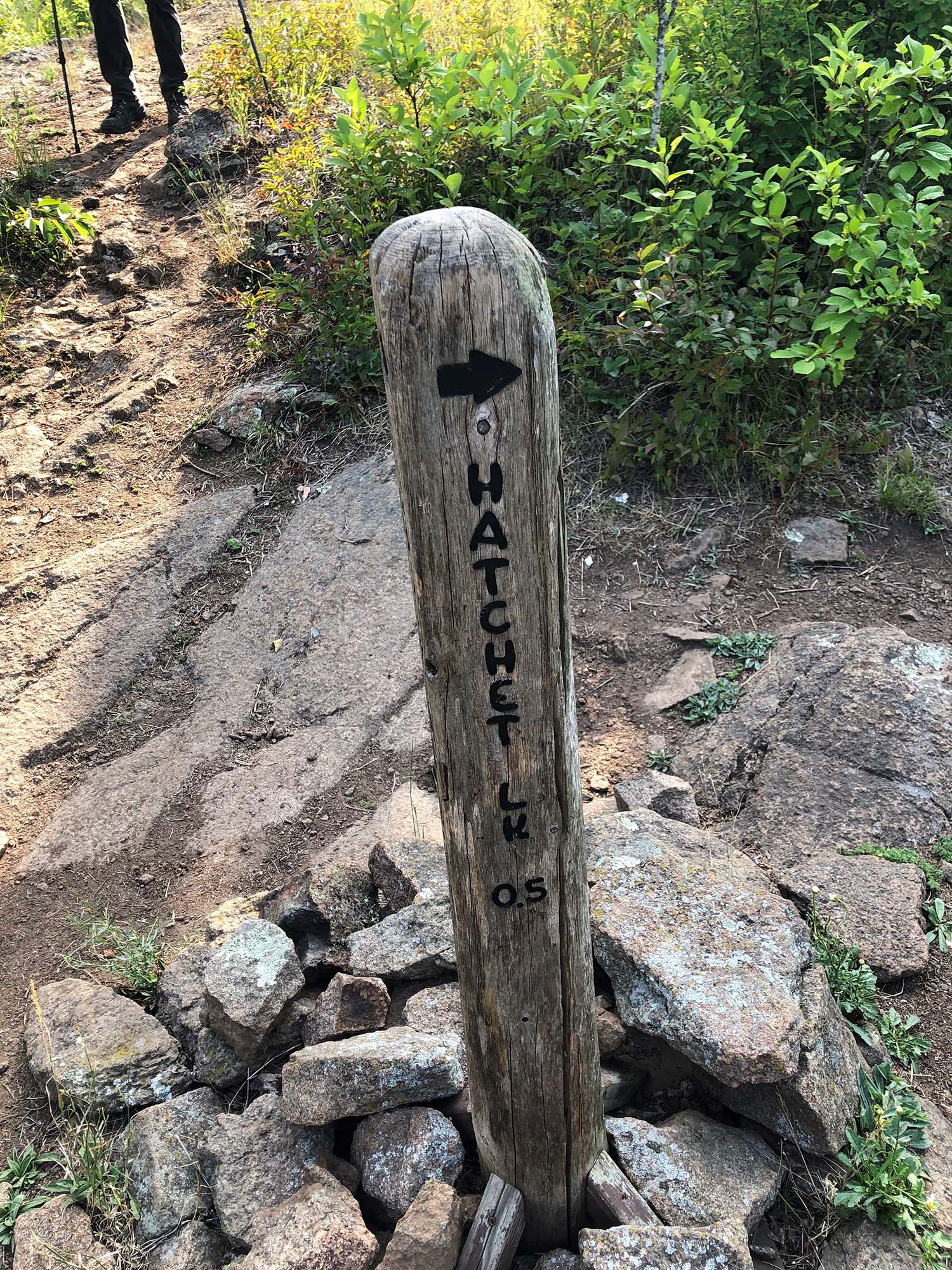
Gear We Used

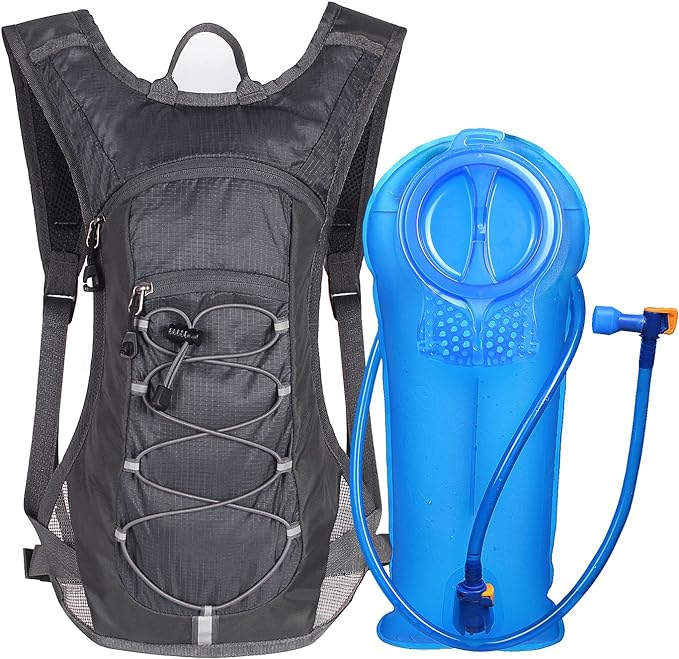
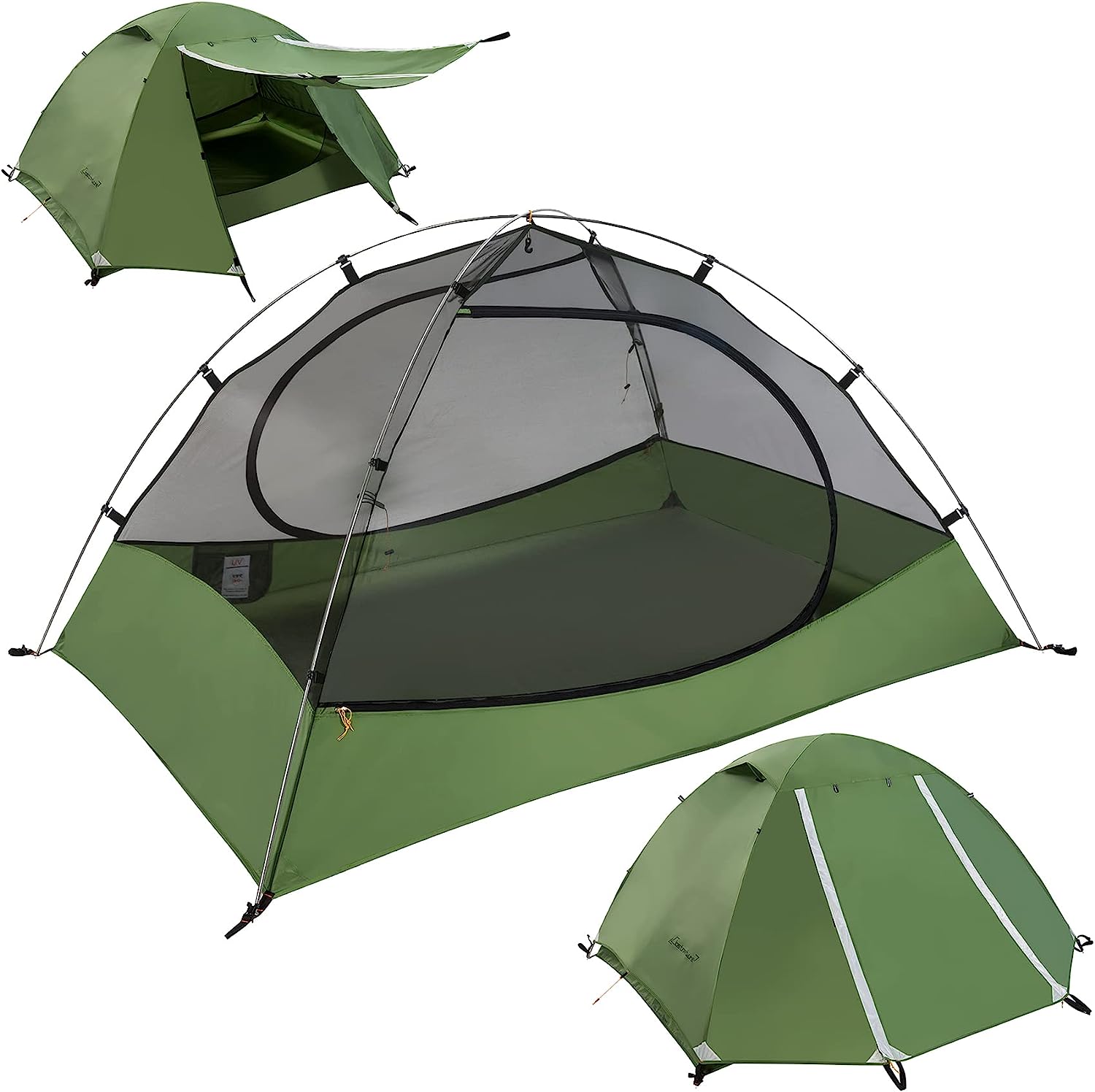
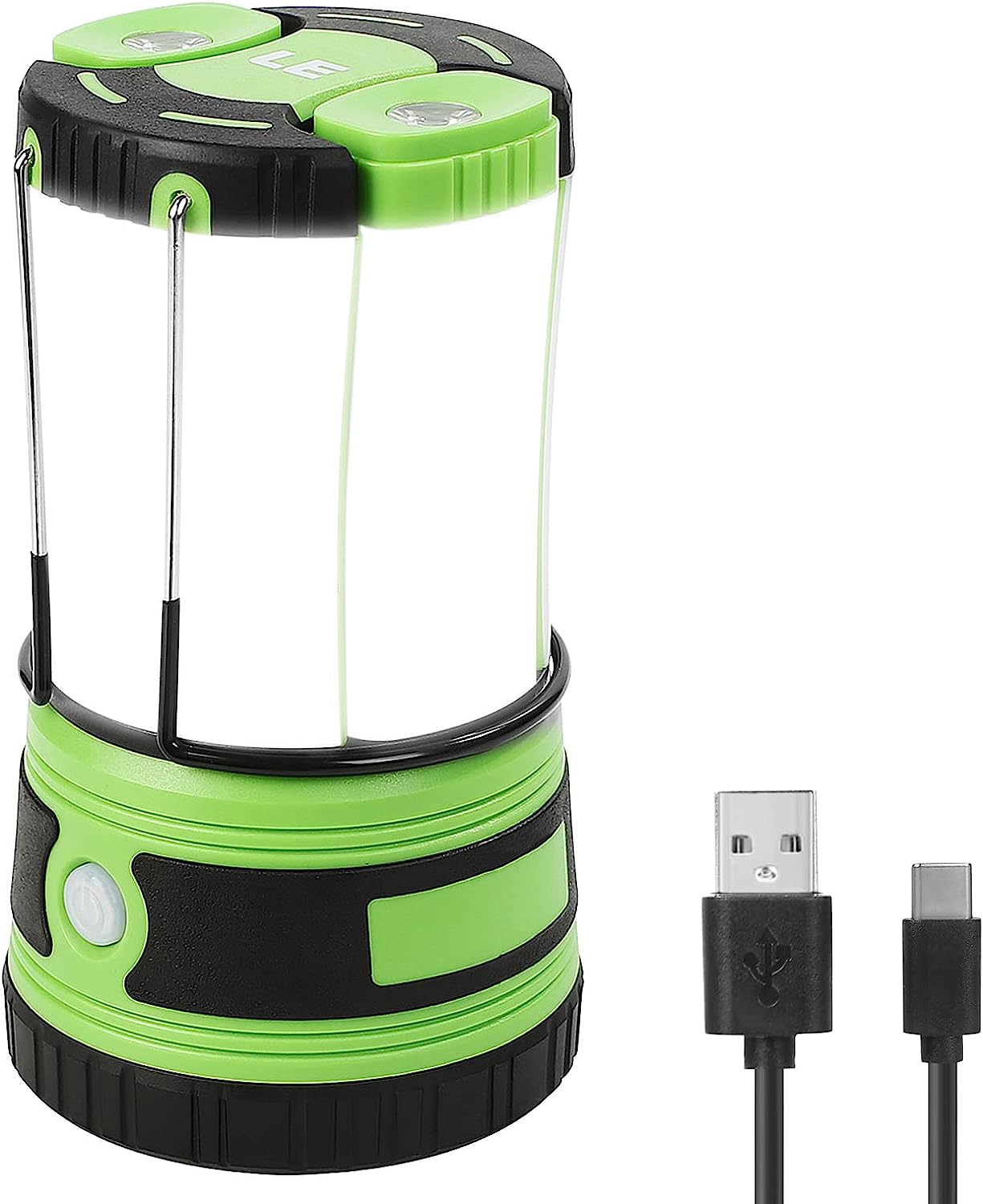
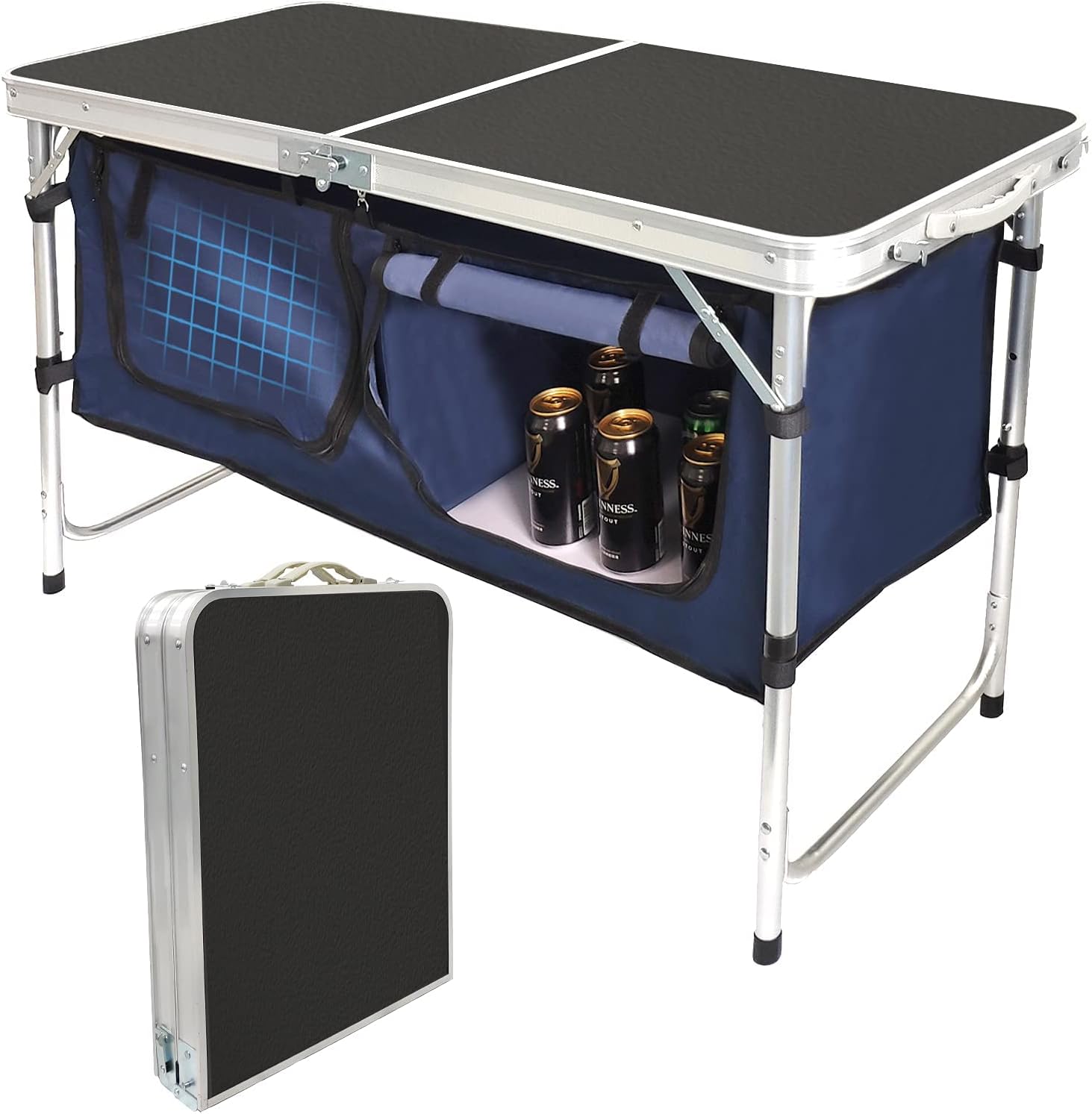
Must Do’s
Fishing
Anglers can cast their lines from the rugged shoreline or venture out onto the tranquil inland lakes, where the chance to reel in species like lake trout, brook trout, northern pike, and smallmouth bass awaits. The island’s remote location ensures a sense of solitude and a genuine connection with nature. To protect its fragile ecosystem, fishing regulations are in place, requiring visitors to obtain permits and adhere to guidelines that prioritize conservation.
Greenridge Trail
The Greenstone Trail is the premier hiking trail on Isle Royale, stretching approximately 40 miles from the Windigo Visitor Center on the western end of the island to the Rock Harbor Visitor Center on the eastern end. This iconic trail offers a captivating journey through the heart of the island’s rugged wilderness. Hikers can expect to traverse a variety of terrains, from dense forests to open ridges, and be rewarded with breathtaking views of Lake Superior along the way.
Windigo
This natural harbor, nestled on the island’s southwestern coast, serves as a gateway for visitors arriving by ferry or seaplane. It offers sheltered anchorage for boats and serves as a focal point for park operations, including visitor services and ranger stations. Surrounded by pristine wilderness, Windigo Harbor allows travelers to access the park’s rugged trails, pristine forests, and scenic landscapes, making it a vital hub
Rock Harbor
Rock Harbor, situated on the northeastern end of Isle Royale in Lake Superior, is the largest and most iconic harbor within Isle Royale National Park. Known for its breathtaking natural beauty and serene wilderness, Rock Harbor serves as a central point for park activities and exploration. Boasting a marina, campgrounds, visitor center, and hiking trails.
Isle Royale National Park History
Isle Royale National Park has a rich and diverse history, shaped by its remote location and unique cultural heritage. Native American tribes, including the Ojibwe, have long used the island for its natural resources, particularly for fishing and the harvesting of wild rice. The island was also known for its copper deposits, and for centuries, indigenous peoples mined this valuable resource. Evidence of these early activities can still be found today in the form of ancient copper tools and mining pits, making the island a significant cultural and historical site for Native American communities.
In the late 19th century, European settlers began to take an interest in Isle Royale’s natural resources, especially its copper. The island was mined for copper during the late 1800s and early 1900s, but the mining operations were eventually abandoned due to the island’s isolation and the diminishing value of copper. Despite this, Isle Royale continued to be a place of interest for explorers, fishermen, and hunters, and its unique ecosystem garnered attention from conservationists who recognized its potential for preservation.

